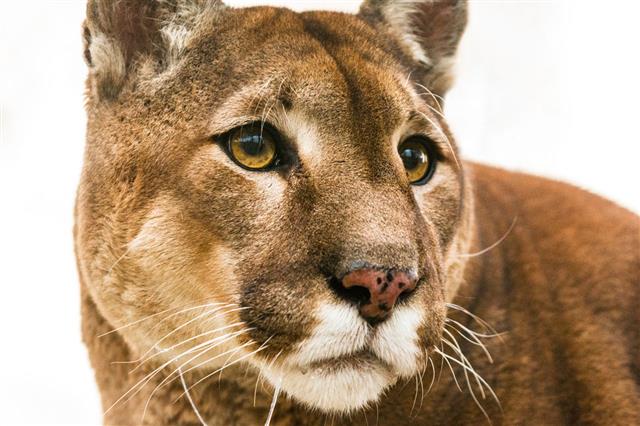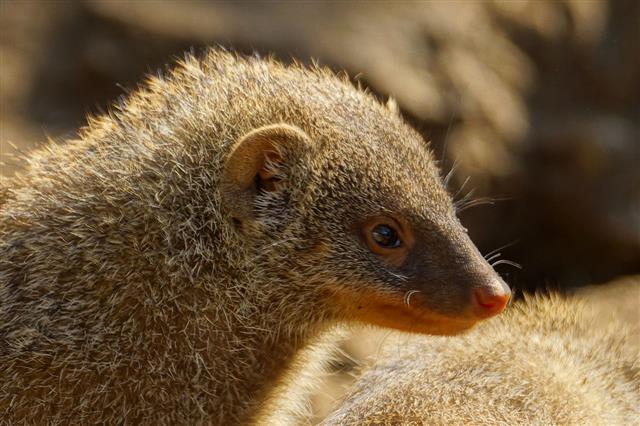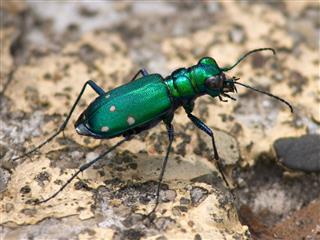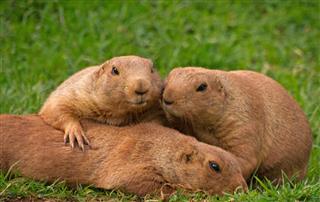
One of the most interesting biomes on the planet, the grassland biome is spread across six of the seven continents of the world. In this particular article, we will shed light on facts about animals that are found in the grassland biome, and at the same time, help you to get familiar with the adaptations that they resort to.
Did You Know?
The grassland biome covers approximately 50 percent of the total land surface of the African continent.
Around 25 percent of the total surface area of our planet is made up of grasslands. They are found on all the continents of the world, except for the continent of Antarctica. Most people associate the grassland biome with savannas of Africa, but North America (prairies), South America (pampas), and Eurasia (steppes) too, have a fair share of these large tracts of grass. The vast expanse of this biome should give you a rough idea of the tremendous biodiversity that it boasts of.
In the grassland biome, the vegetation is dominated by different grasses and herbaceous plants. On the basis of geographic location, grasslands are categorized into two types: tropical and temperate grasslands. The two differ in terms of abiotic conditions. Interestingly, these abiotic conditions play a crucial role in making the grassland biome one of the most biodiverse biomes of the world.
Grassland Biome Animal Species
The considerably lengthy list of animals inhabiting the grasslands begins with invertebrates, like carrion beetles and tiger beetles, and ends with large mammals, like elephants and giraffes. In between, you have hundreds of animals, across different genera, including insects, reptiles, birds, etc.








Grassland Animals of North America (Prairies)
- Prairie dog
- Coyote
- Gray wolf
- Red-tailed hawk
- Red fox
- Western meadowlark
- Prairie chicken
- American toad
- Bison
- Badger
- Prairie rattlesnake
- White-tailed jackrabbit
- Pronghorn antelope
- Elk
- Tiger beetle
- Lady beetle
- Carrion beetle
- Black-tailed jackrabbit
- Burrowing owl
- California condor
- Eastern cottontail
- Gopher snake
- Northern grasshopper mouse
- Ground squirrels
Grassland Animals of South America (Pampas)
- Armadillo
- Puma
- Jaguar
- Geoffroy’s Cat
- Llama
- Opossum
- Pampas deer
- Greater Rhea
Grassland Animals of Africa (Savannah)
- African bush elephant
- Cheetah
- Ostrich
- African lion
- Buffalo
- Hippopotamus
- Rhinoceros
- Grevy’s zebra
- Hyena
- Vulture
- Aardvark
- Leopard
- Cape hunting dog
- Wildebeest
- African golden cat
- Impala
- Giraffe
- Hartebeest
- Jackals
- Mongoose
Grassland Animals of Europe (Steppes)
- Corsac fox
- Mongolian gerbil
- Saiga antelope
- Northern lynx
- Saker falcon
- Rabbits
- Mice
- Wisent
Grassland Animals of Australia (Steppes)
- Kangaroo
- Dingo
- Wallaby
- Koala bear
- Wombat
- Striped Legless Lizard
- Emu
- Pygmy Blue-tongued Lizard
Grassland Animals of Asia (Steppes)
- Asian elephant
- Asiatic water buffalo
- Indian wolf
- Indian rhino
- Savanna nightjar
- Pygmy hog
- Asiatic cheetah
- Leopard gecko
Adaptations
As for animal adaptations in the grassland biome, migration is an apt example. Animals which are found in savannas, such as wildebeests, zebras, and African elephants, migrate thousands of miles in search of food and water. Prairie species, in contrast, are known for their ability to withstand the extreme climatic conditions of this region, which are typically characterized by hot summers and cold winters.
Small animals have no option, but to seek shelter by burrowing in the ground, hence their front feet are armed with sharp claws. Similarly, several grassland species have broad and flat-topped teeth, which makes it easier for them to feed on grass. Other noteworthy adaptations that can be seen in animals of this biome include specially developed digestive system in herbivores and the ability to camouflage.
Like their counterparts in other biomes, even grassland species bear the brunt of large-scale poaching and human encroachment in their natural habitat. The list of endangered grassland animals includes names like the Black rhino, Grevy’s zebra, Northern hairy-nosed wombat, etc. The need of the hour is to formulate proper conservation measures and more importantly, ensure that they are strictly implemented. If we don’t take the necessary action at the earliest, we are set to lose several animals that are seen grazing in these grasslands.
















































